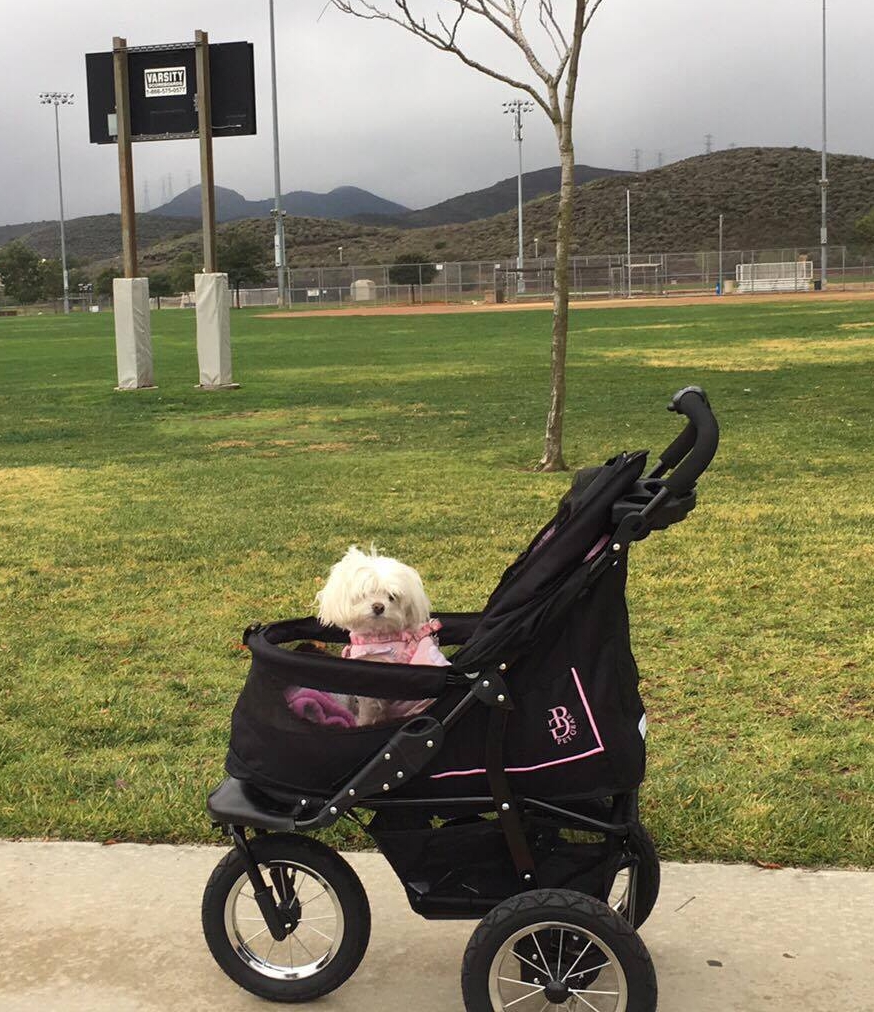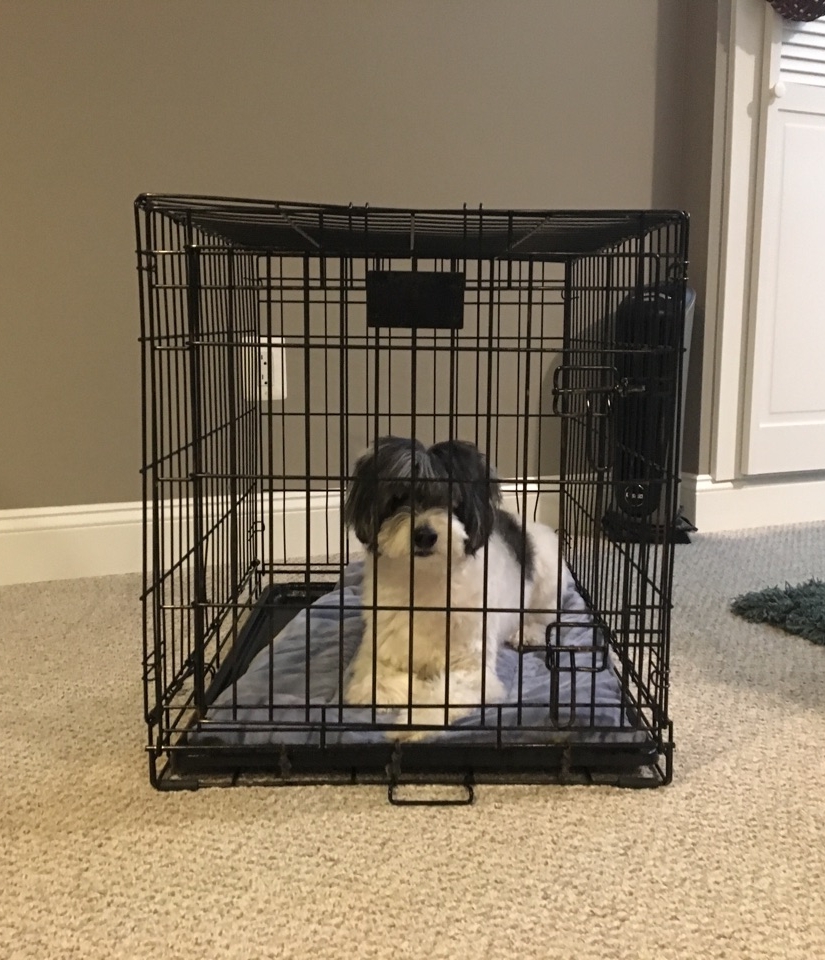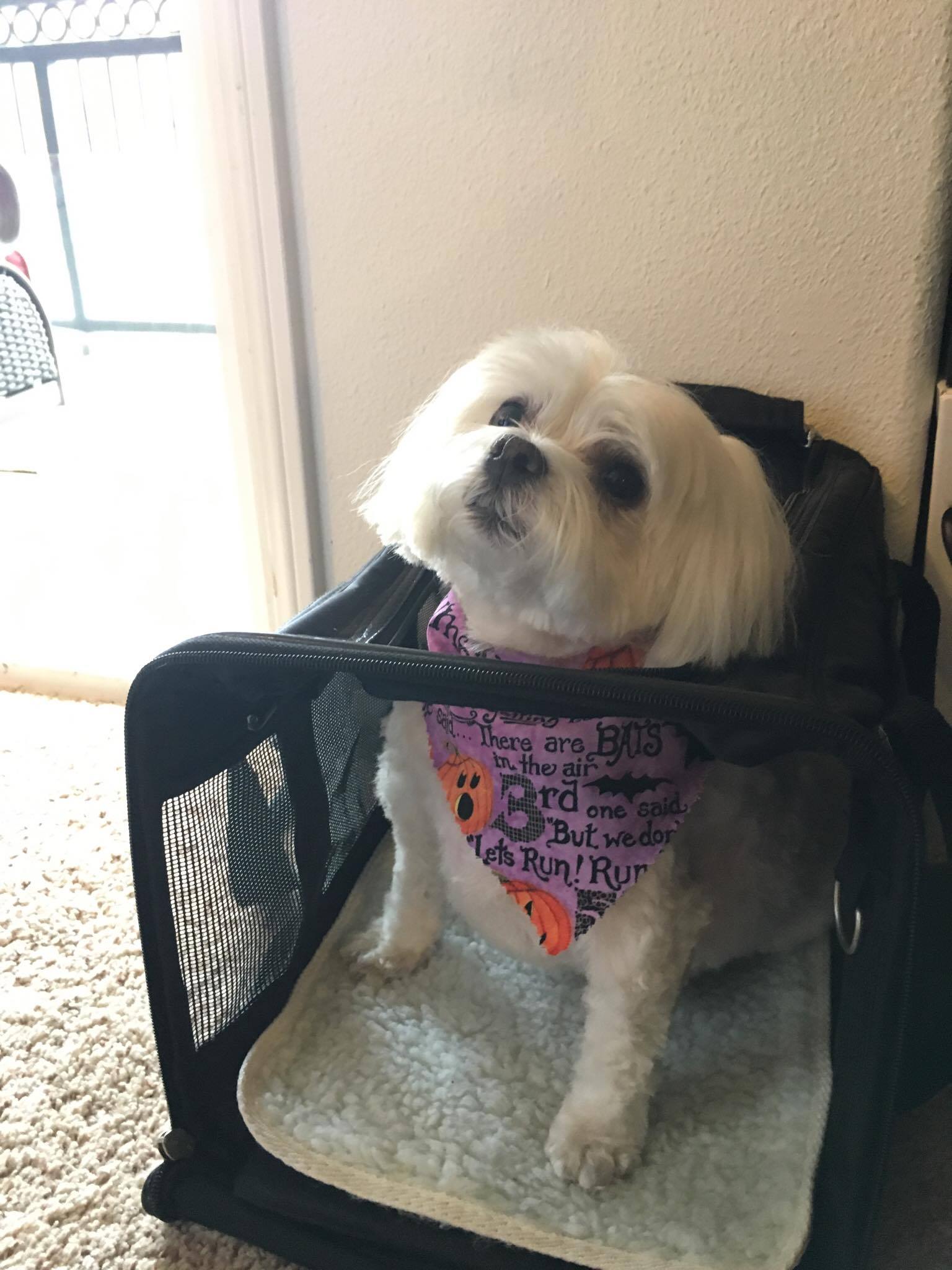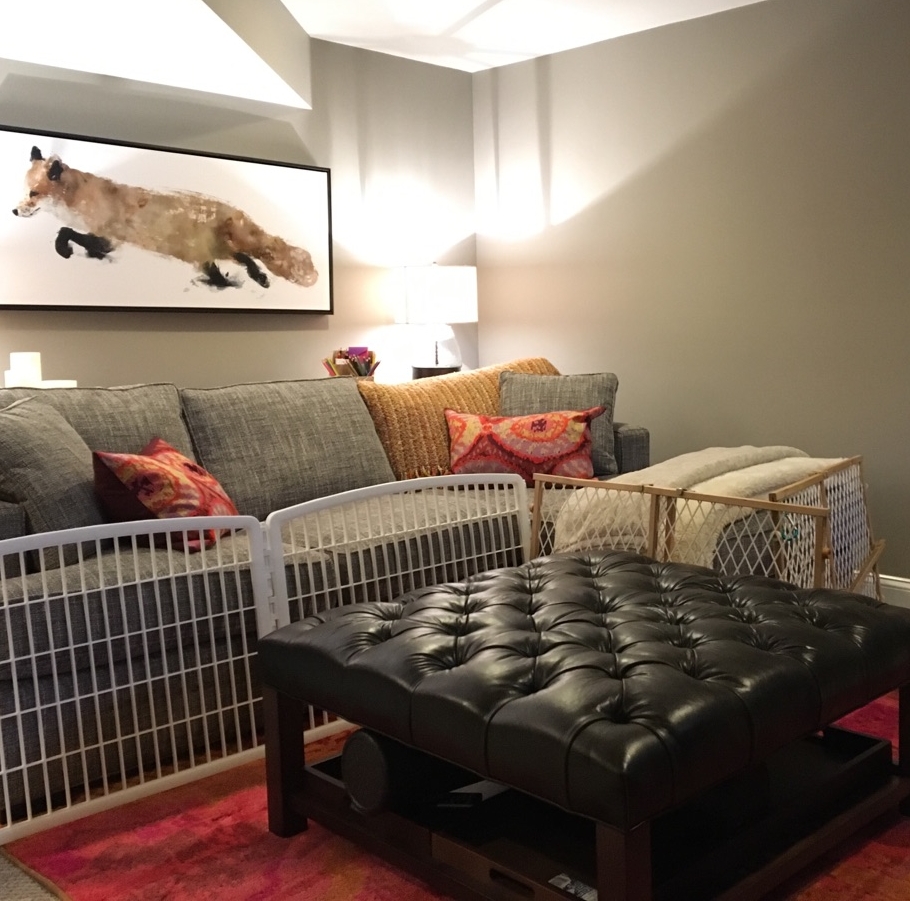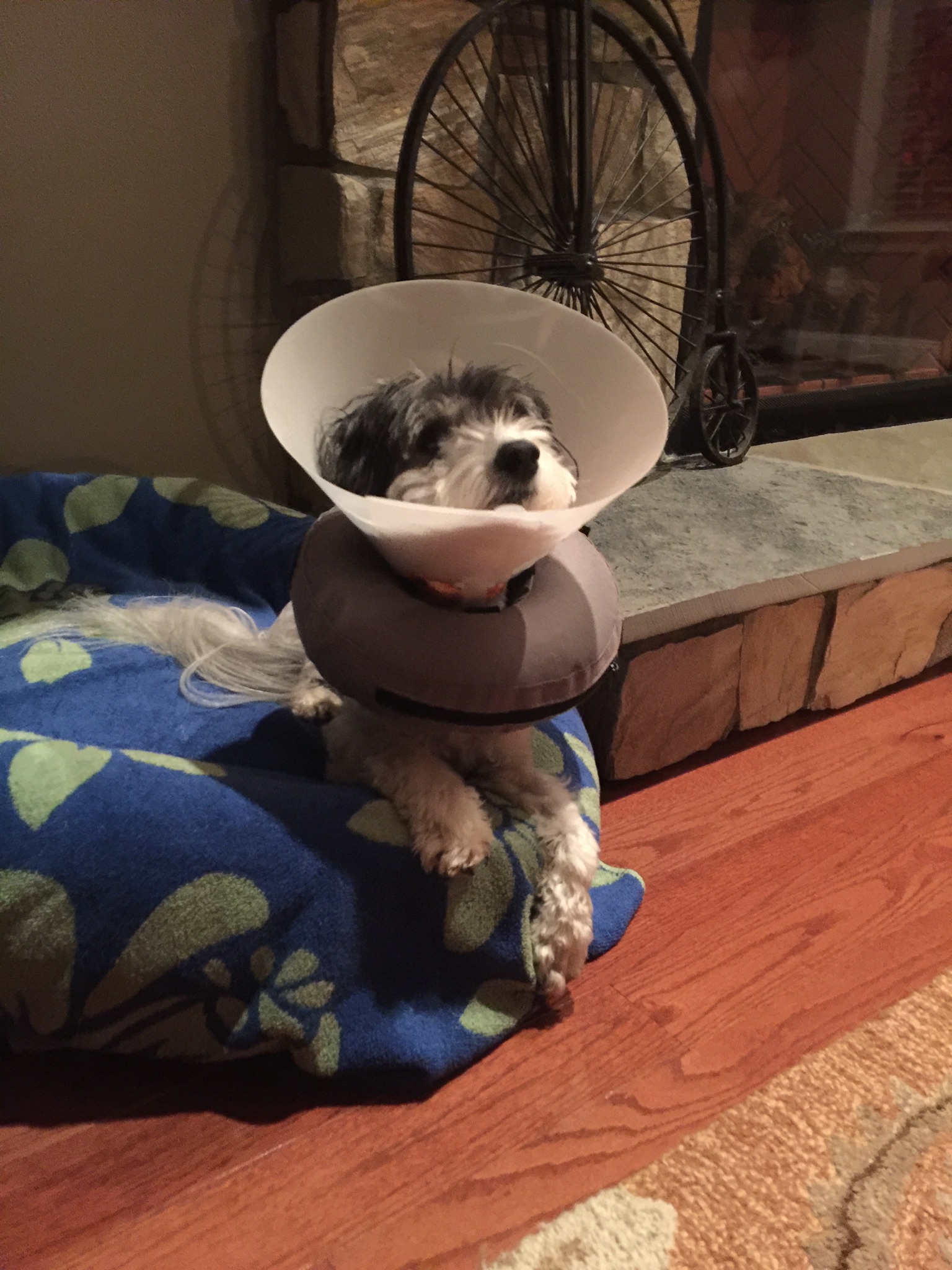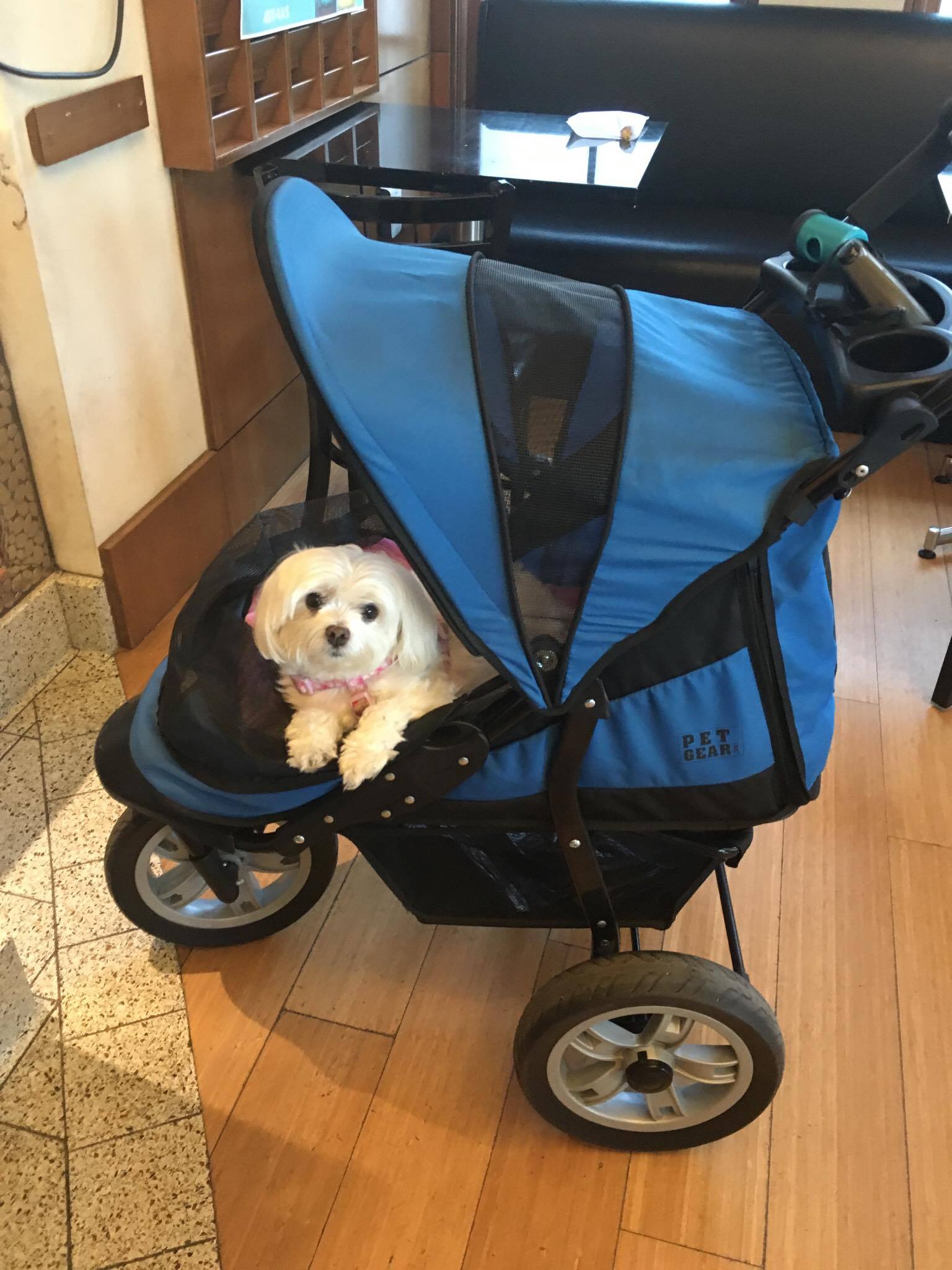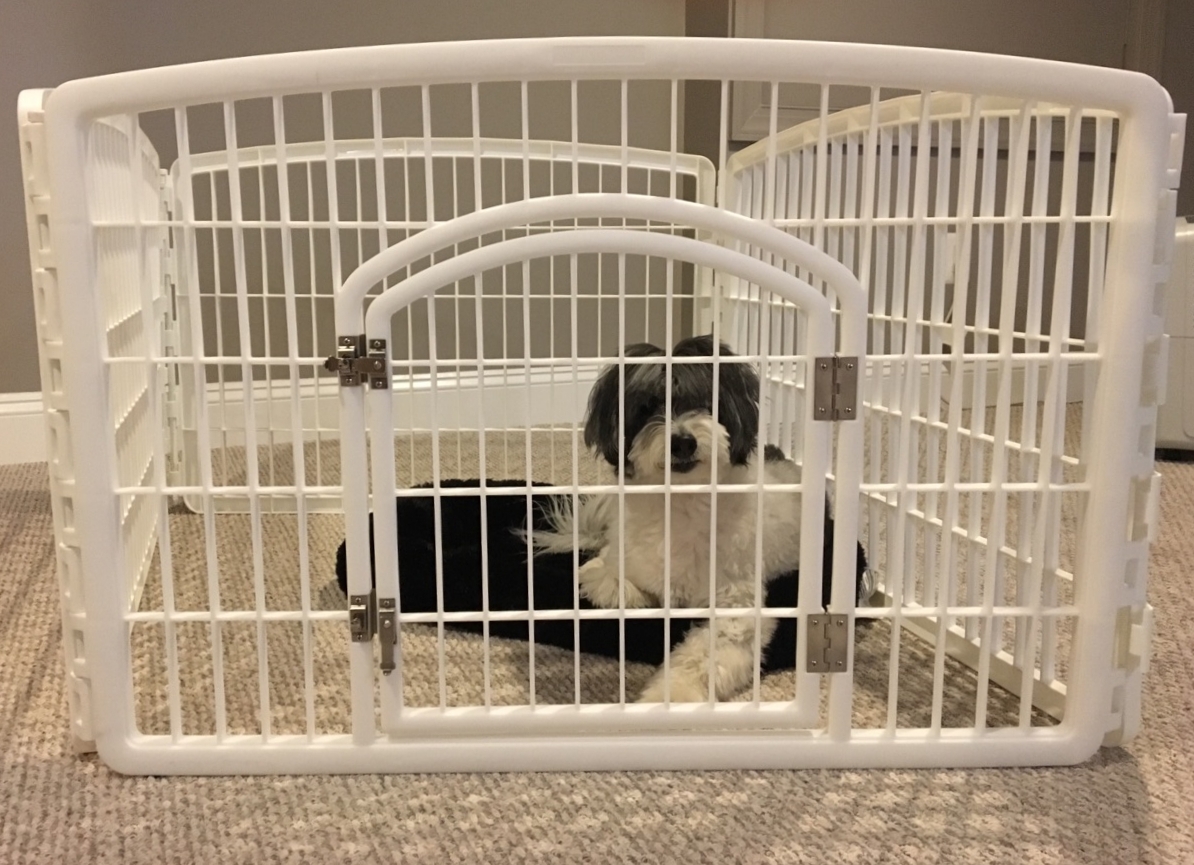Post-Surgical Strategies for Restricting Activity
Whether your dog has undergone Mitral Valve Repair surgery, or any number of other surgeries that require a period of activity restriction in order to recover, it can be difficult to control their energy level and normal habitual activities. In addition to the strategies outlined below, please read the additional guidance for activity levels beyond the 3-month post-operative period here.
Many owners wonder "why is activity restricted after Mitral Valve Repair surgery?"
The surgery involves an open-heart element which needs time to heal. In addition, there are many carefully placed sutures inside the heart along the valve to complete the annuloplasty – the purse-string stitch that tightens the opening of the valve – and the replacement Gore-Tex heart cords attached to the valve and left ventricle. In most cases, the efficacy of these sutures depends on the quality of healing time without being under too much unnecessary pressure.
If your dog has undergone Mitral Valve Repair surgery, activity is restricted significantly for the three months post-operative. This includes no running, jumping, stairs, or any activity that gets them too excited. For a dog that just underwent a procedure that will make them feel like a puppy again, restricting their energy is a tough job. Here are some strategies to consider.
Prepare your environment at home:
- Take the doorbell off the hook and put a note on the door that knocking is strictly prohibited.
- Block off any stairs up or down in the house.
- Block off the edge of furniture items if your dog typically jumps up without invitation.
- Invest in a lightweight movable/re-configurable gate structure that can be placed anywhere.
- Put away all toys that your dog may spontaneously play with.
- Build or invest in a pet ramp so they can walk, not jump, onto furniture items they typical sit and sleep on.
For extra control, and for dogs who are not trusted to roam freely:
- Make sure your dog stays with you in whatever room of the home you are in and keep doors closed to limit roaming.
- Consider a leash (non-retractable) used with a simple collar or harness over a sweater or onesie to avoid direct contact with the incision site. Using the leash, maintain a short lead while on furniture if your dog is prone to jumping down on their own, and a long lead to tie your dog to various furniture items on the floor to keep them from wandering around.
- Use a lightweight gate structure or crate to keep them contained especially when you are not at home or while you are asleep.
Natural remedies:
- There is a natural supplement called Zylkene which has a calming effect in some dogs. The effect is cumulative, and should be given for at least a week consistently to achieve the desired effect. All dogs react to supplements differently, this product works very effectively for some, and not at all for others. You can take comfort that Zylkene is totally natural and will not harm your dog, and cannot be overdosed.
- Use a sound or "white noise" machine to create ambient noise so your dog does not overreact to typical noises outside the house that they might normally bark or get excited at or go tearing through the house to investigate, especially when you are not at home.
Upon discharge from the clinic, you will be provided with post-operative instructions for activity for your dog for a period of three months. These instructions are intended to keep your dog’s blood circulating and to help slowly recondition them so they can return to normal activity levels in three months. The current guideline post-operative for the first month is 15 minutes of slow walking, 4 times per day. This is intended to be the absolute maximum for the most active dogs and also much lower than your dog’s regular activity level. Throughout the three month recovery period, the doctors will advise when it’s appropriate to increase the amount of time walking and at what suggested interval levels.
For those who have yet to go through Mitral Valve Repair surgery, some of these suggestions may seem a little extreme for a three month period. Some dogs can suffer from some mild depression when restrained for extended periods and it can be difficult to stay strong for them. However, taking precautions and following the doctor’s discharge notes on exercise ensures that you are giving your dog the best possible chance to heal and get the maximum benefit from surgery.
